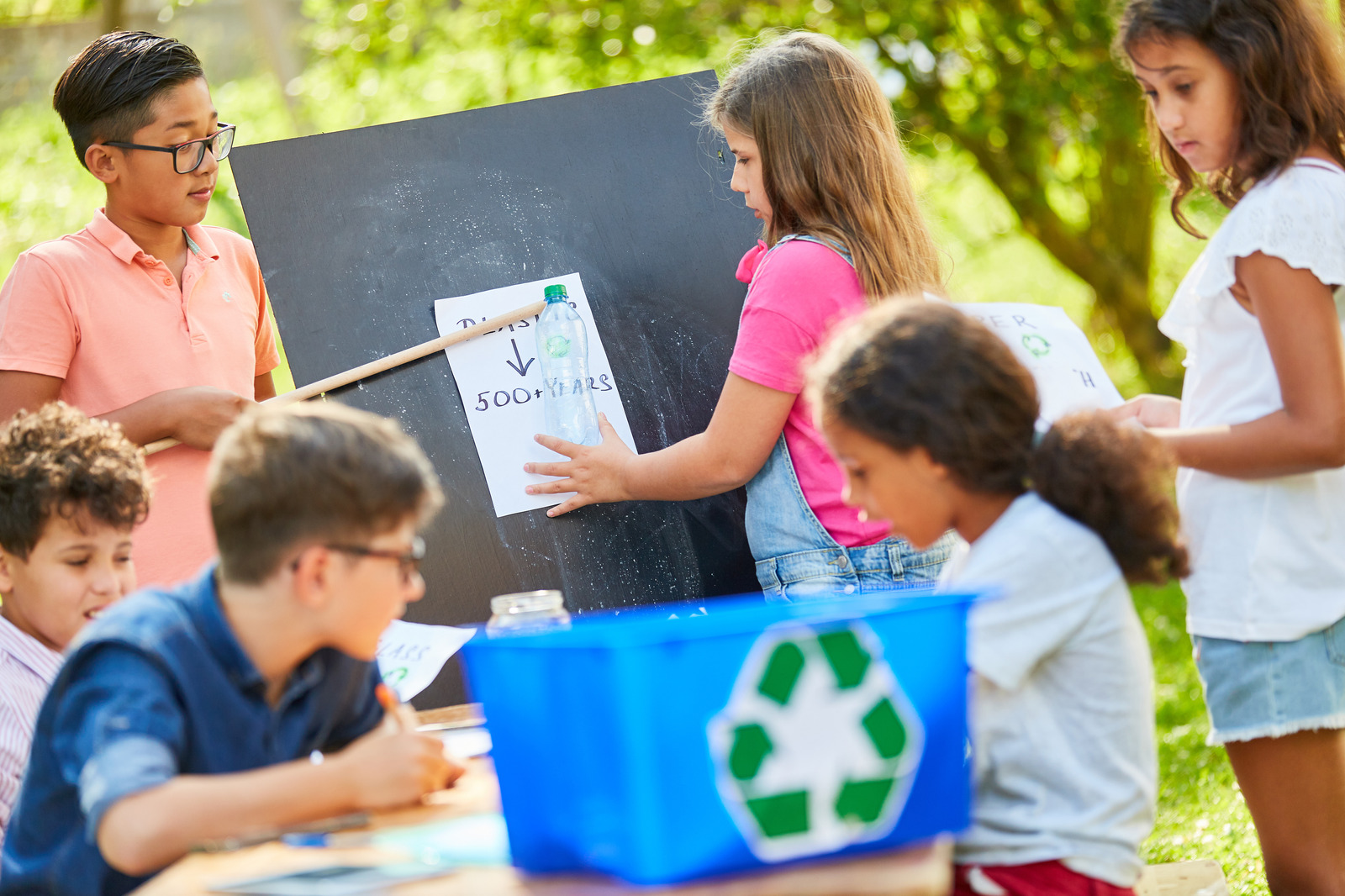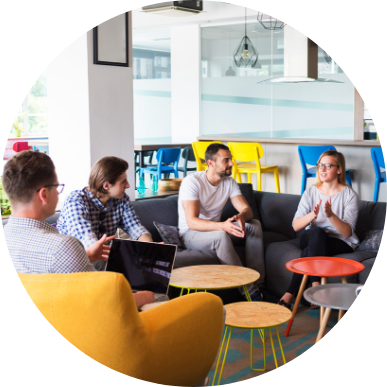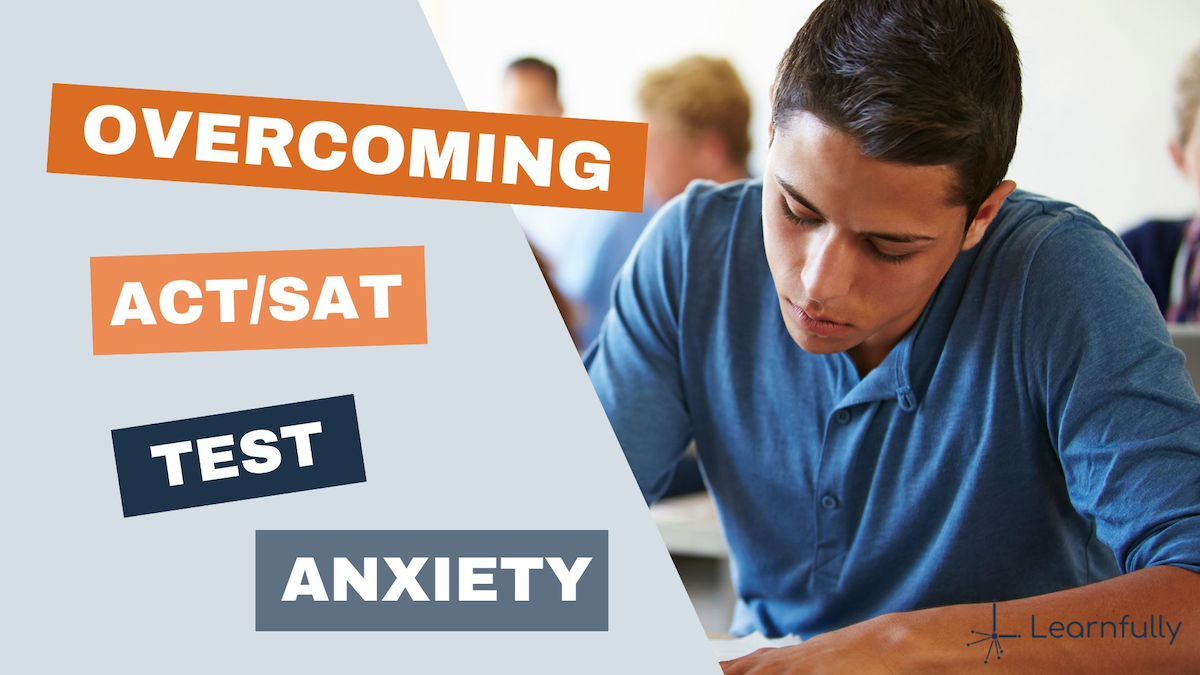Albert Bandura’s Social Learning Theory (1977; which evolved into Social Cognitive Theory in 1986) revolutionized how educators and professionals leverage the social environment of a classroom to bolster learning. Instead of solely using rote memory tasks and independent, solitary work, this approach puts more emphasis on learning socially in groups and through observation and social interaction. The theory suggests that learners move through a continuum of observation, information processing, and decision-making to develop their social-emotional abilities and optimize learning opportunities. Let’s explore the ins and outs of the theory and how it is leveraged to positively impact learners in all aspects of their lives.
Stages of the Social Learning Theory
Social Learning Theory relies heavily on a learning process called observational learning. Observational learning is a sequential process. Learners observe peers and adults, then utilize their biological and cognitive states (taken together, these largely influence a learner’s mental state—see below ) to process whether or not a behavior or an action was reinforced (either positively or negatively) to determine whether or not it should be repeated. The learner’s brain then makes a decision whether or not to imitate the action itself. Most of this observational learning flow is innate; when the learner is practicing this method in another environment (like at school) they don’t necessarily realize they are doing it. This means we have a great opportunity to shape a learner’s social, emotional and cognitive development by conditioning them in their native environments.
The following factors can influence a learner’s environment to encourage their social learning:
- Find peers who they can relate to.
- Give information to them in a way that is aligned to their interests and strengths.
- Provide a strong biological and cognitive foundation
- Surround them with mentors and professionals who model the desired behaviors and validate them.
- Reinforce behaviors that will lead the learner to their own level of success in and out of the classroom.
The four steps of the Social Learning Ladder
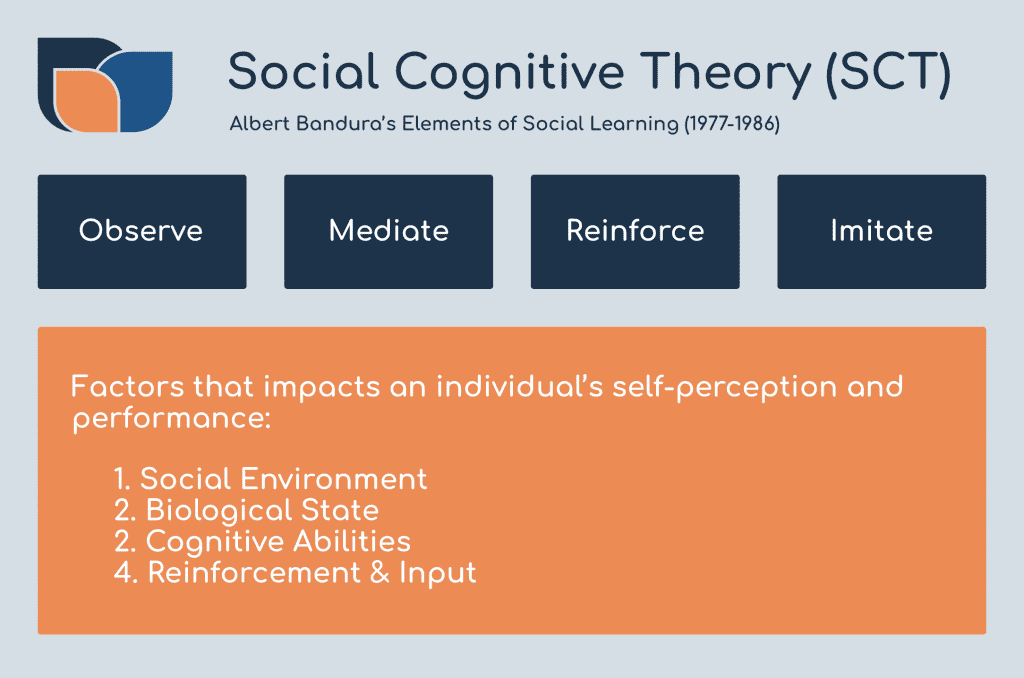
We learn by doing as well as by surrounding ourselves with others that reinforce or bolster those desired patterns. Whether it be how to strike mindfulness practice or simple things within executive functioning – how to organize your materials in a way that works best for you personally, how to make sure that your workspace is clear of visual and an auditory distractions, and so forth. We are constantly modeling for learners and learners are also modeling for one another- both can influence a learner’s actions and decisions. Bandura broke the observational learning process down into four steps:

Observe: In order to learn, you need to be engaged and able to sustain attention. Anything that distracts your attention is going to have a negative impact on observational learning. If the model is interesting or there is a novel aspect of the situation, you are far more likely to dedicate your full attention to learning and observe the desired, modeled behaviors.
Mediate: The ability to store information and process information (mediate) is also an important part of the learning process. Retention can be affected by a number of factors, but the ability to pull up information later and act on it is vital to observational learning.
Reinforce: In order for observational learning to be successful, you have to be driven and motivated to imitate the behavior that has been modeled. Both positive and negative reinforcement play an important role in motivation.
Imitate: Once you have paid attention to the model, processed and retained the information, it is time to actually perform the behavior you observed (imitate). Further practice of the learned behavior leads to improvement and skill advancement.
Let’s take a simple example that we adults may experience as well. Let’s pretend you recently fell in love with salsa dancing. You have no idea how to get started, but decide to check out a local tapas restaurant that offers free weekly salsa lessons. You sit close by the dance floor and watch the experienced salsa dancers work their magic (observe). Their feet may move quickly, but in what seems like a manageable, repetitive pattern (mediate). Then, salsa novices enter the dance floor and stumble here and there, smiling and high-fiving throughout. You notice how joyful they appear—which reinforces your willingness to dive in and give the lessons a try yourself (reinforce). You decide to give it a go and have an amazing time trying to replicate the dance moves while reminding yourself that learning takes time and practice (imitate).
We experience observational learning in all stages of our lives and can validate our learners’ feelings of angst when faced with new opportunities to exercise the Social Learning Theory steps.
Impacting factors
Other variables, like a learner’s biological state and cognitive abilities, can impact their ability to learn in a social environment. Biological state refers to how well a learner can self-regulate, maintain healthy sleep and nutritional habits, strike a level of self-control when faced with adversity, etc. Cognitive abilities also play a vital role in social success. We want to equip learners with a strong sensory-cognitive foundation so they can rely on it when they need to process their surrounding social environment– whether socializing with their peers or working in a group in school. Learners need room to explore and discover how they learn best (also referred to as metacognition or learning how one learns best) so they can find what drives them. That passion further reinforces and motivates them, causing them to repeat behaviors in positive and productive ways.
Key results of the Social Learning Theory
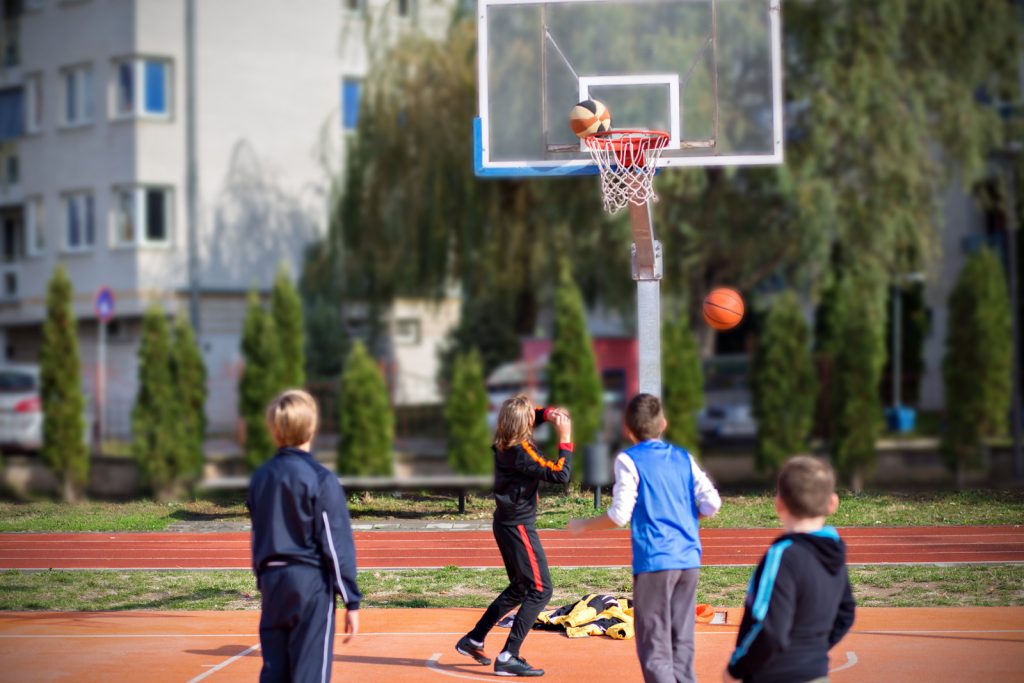
Bandura clearly states socialization develops positive relationships due to the way our brains react, driving us to repeat actions that are associated with positive rewards. This can encourage discussion which further enhances learning all together. These repeated actions can include taking social initiative, interacting with their peers and taking steps towards reducing anxiety. They can also encourage a learner to be more socially adept, aware of their surroundings, and motivated to lean into their discomfort in certain social moments (and again, reinforcing their ability to continue to do that in the future).
Social Learning Theory also has implications on desired and undesired behaviors. If negative reinforcement is used and something is taken away from a learner’s peer (I’m not specifically referring to a parental or other authoritative individual acting as the enforcer; the negative reinforcement comes through a peer), then they learn from that event and will seek to avoid that consequence. The same goes for positive reinforcement: if they see one of their peers get a high five or fist bump in a group format, along with positive praise, affirmations, etc., they will likely be motivated to reproduce this behavior in a way that the positive reinforcement is directed at themselves.
Finally, Social Learning Theory outcomes suggest that learners are more engaged when they learn socially. When they’re around like-spirited, like-minded peers, learners feel more energized and in tune with their learning experiences. Feeling welcome, seen and heard by our peers helps relax and relieve “stress fog” that inhibits executive functions, allowing us to fully reap the benefits of a given learning environment.
Putting it into practice
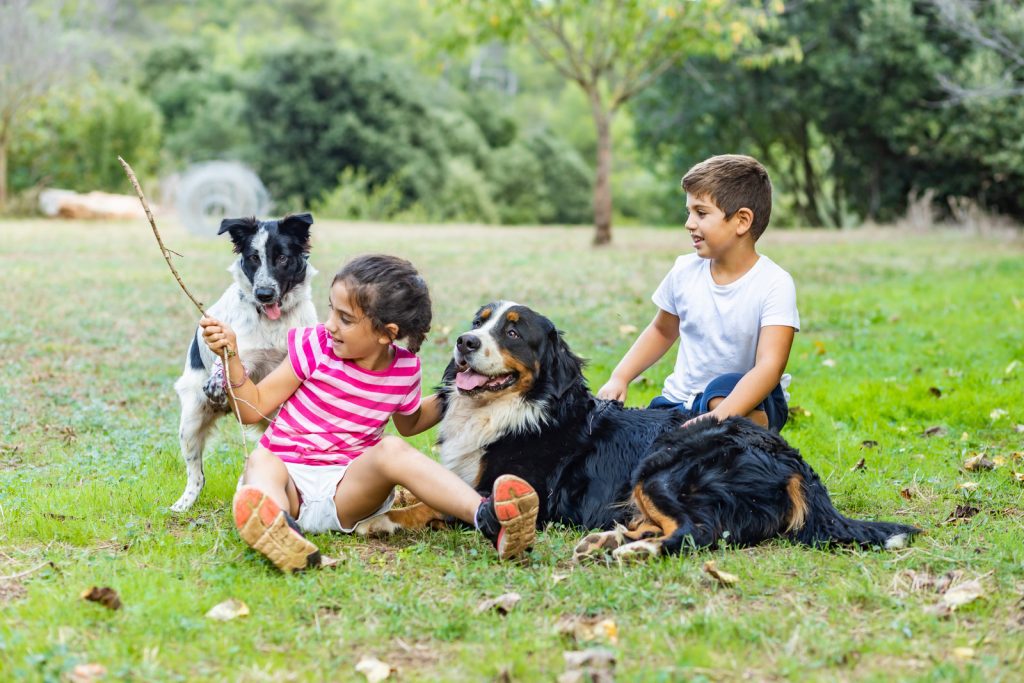
Bandura’s theory is especially relative now as we overcome the COVID hump and find our way back into a fully social world. Observational learning is imperative to all learners’ success academically, emotionally, and psychologically. Caregivers and educators must supply their children with access to social opportunities (play dates or social skills groups), facilitate these interactions and encourage learners to utilize their observations positively so learners can achieve more in life’s many social settings.
If you’re uncertain of what skills your child may need to thrive as a productive, socially-equipped individual, we’re here for you. Reach out to one of our educational specialists, subscribe to our newsletter, watch one of our many panelist discussions, or follow us on social media. We believe in the power of community and are on a mission to empower neurodiversity in any way possible.
Conclusion
People learn by observing others around them—whether they’re other learners, adults, mentors, etc. Our biology and cognition affect our ability to interact within this environment. Modeling deserved behavior to a learner is important but it doesn’t guarantee the learner will respond by adopting the modeled behaviors. If the learner feels secure in their environment and is properly motivated, it’s much more likely they adopt the desired behavior. Set them up for success by surrounding them with social peers and adults who exhibit the right behavior but keep in mind the biological, cognitive and motivational factors also necessary to form proper social habits.
